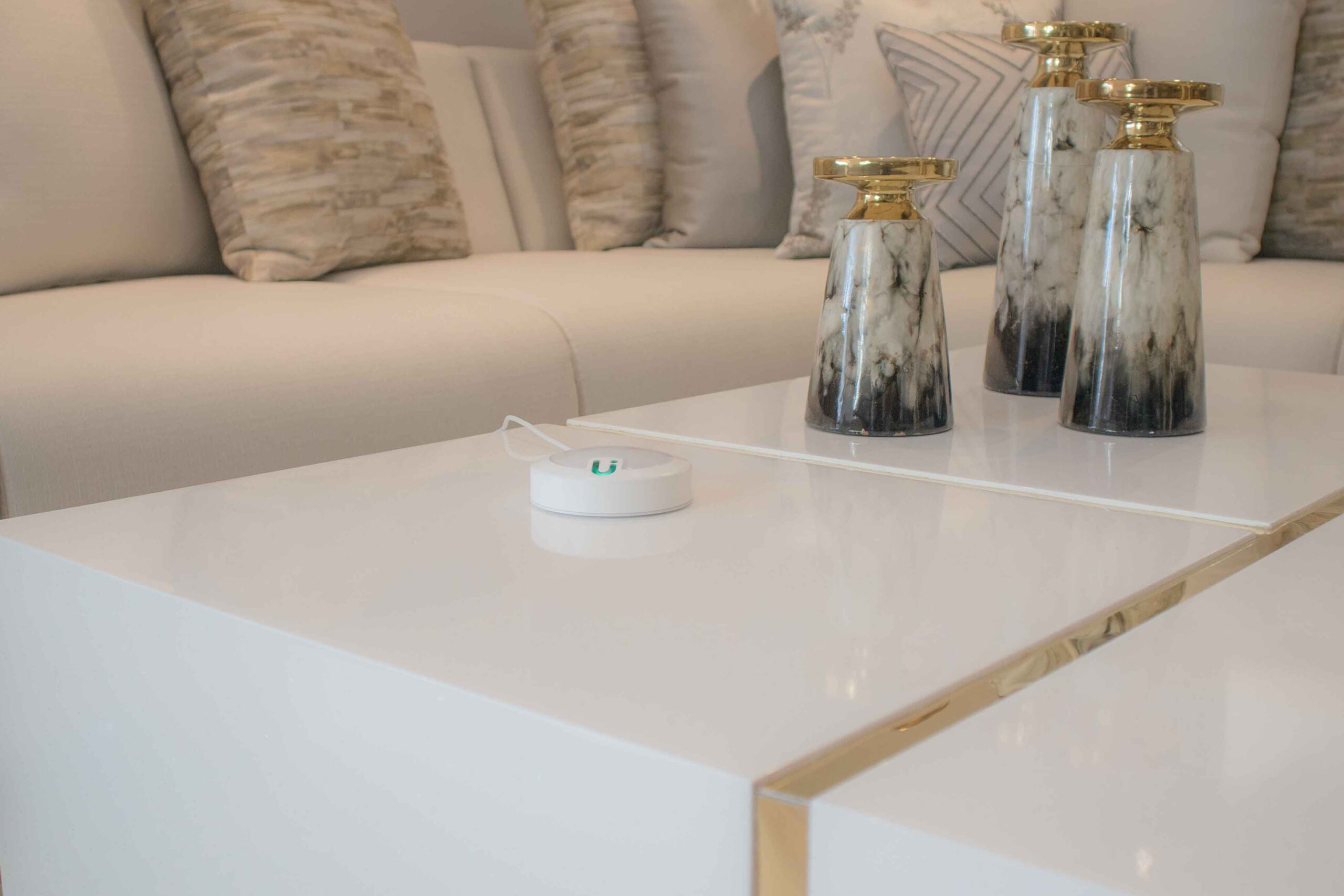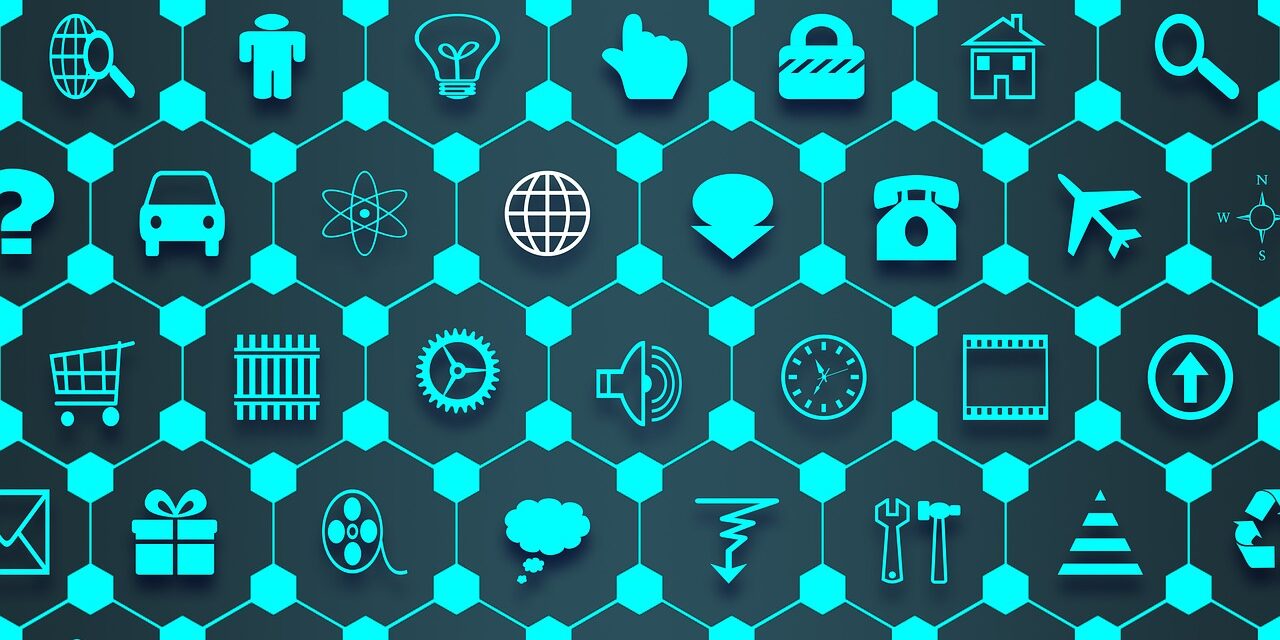“Assistive Technologies” I think we have all heard this term at some point but what does it really mean?
What is Assistive technology?
Well, according to WHO (World Health Organization) “is an umbrella term for systems and services related to the delivery of care products and services”.
In other words, Assistive technologies are basically technologies like wheelchairs, prostheses, mobility aids, hearing aids, visual aids and specialized hardware, software and all these technologies that enhance mobility, hearing, vision, and communication capabilities of people with one or more of these disabilities.
With the help of these technologies, people with disabilities can improve their abilities and are therefore better able to live independently and participate in their societies. And these technologies are definitely of great help and value to these people as it gives them relief in terms of independence, mobility, listening and much more. However, in many low- and middle-income countries, only 5% to 15% of people who need assistive technology (products for mobility, household activities, communication, etc.) have access to it. Production is very limited and unaffordable for most of the population.
Currently there are a number of technologies that can create a disruptive change in society in favor of autonomy and independent living. That is why technological innovation aimed at our social group is essential, creating solutions to existing needs that are usable by different people with physical and organic disabilities and maintaining one of the focus of the observatory on the possible solutions that can bring these technological innovations.
It makes sense, right? today the internet of things is in all devices, apart from being integrated into wheelchairs, prostheses and others, we can also talk about home automation devices, which if we think about it can be of great help to these people as they will be able to perform for themselves activities or tasks that although for many are not important, for these people can be of great help even in their psychological processes, able to manage their spaces by themselves without extra help and to do what they want with their devices will certainly give them a greater degree of independence.
But what if I told you that the Internet of Things, or IoT, is also part of all these technologies that help people with disabilities?

The market for products and services must be increasingly oriented to include the elderly and people with disabilities as consumers. In many cases, what started out as a support product has been generalized for the convenience of the entire population, and this richness that diversity brings to design has increased competition, proximity, and development.
And yes, I am aware that these automation technologies can be very expensive, but not all should be, there are many options on the market that offer you a complete automation and excellent quality, such as our automation system U-WIGO of which you can find more detailed information on this page, beyond selling this product or system, I mention it because I feel that it can really be of great help in these cases in which we seek a little more independence, open and close curtains, turn on and off lights, watch TV comfortably passing channels, having full control of your air conditioning and speakers, all this is possible from your cell phone with U-WIGO and U-NIV3RS3.








